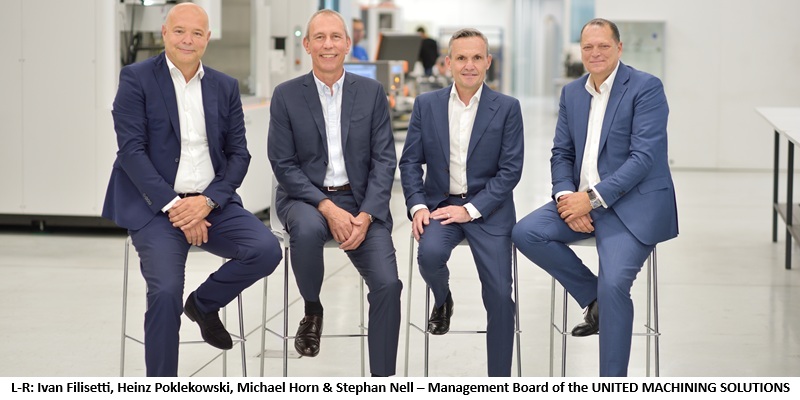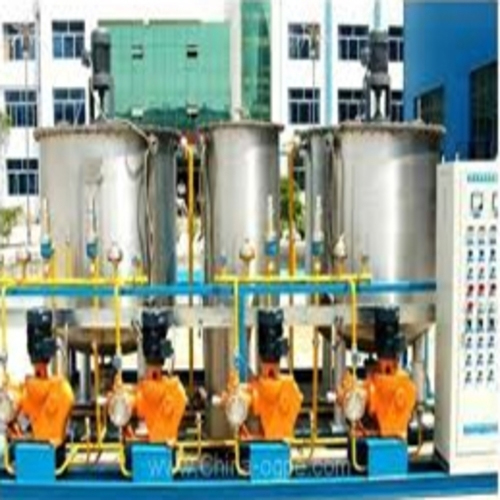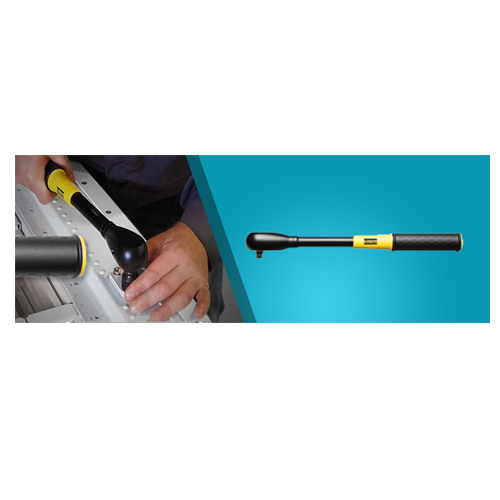Schedule a Call Back
Improving cooling towers performance
 Technical Articles
Technical Articles- Nov 30,-1
Proper maintenance of cooling towers can reduce capital and operating costs, optimise production and minimise maintenance costs, says Rajesh Varma, CEO, R K Aircon Industries.
A cooling tower is a specialised heat exchanger in which air and water are brought into direct contact with each other in order to reduce the water temperature. As this occurs, a small volume of water is evaporated, reducing the temperature of the water being circulated through the tower.
Cooling towers fall into two main categories: Natural draft and Mechanical draft. Cooling towers are designed and manufactured in several types, with numerous sizes available. Not all towers are suitable for all applications.
There are five parameters that in combination dictate and define the performance of a cooling tower:
1. Hot water temperature – HWT
2. Cold water temperature – CWT
3. Wet bulb temperature – WBT
4. Water flow rate – L, and
5. Air flow rate – G.
The first four data are the ones, which are given by the user. The fifth one (G) is selected by the cooling tower designer.
Selection of efficient model
Understanding the various types, along with their advantages and limitations, is important when determining the right tower for a project. Cooling towers are further categorised by air-to-water flow design as:
a. Cross flow cooling towers, and
b. Counter flow cooling towers.
From food processing to power plants, colder process water equates higher productivity, better quality and lower cost of production. When using an open re-circulating cooling system to generate cold water, selection of the right model is very important. Attention to the selection will pay significant dividends.
Thermal fills
Cooling towers employ fills, made of plastic or wood, to facilitate heat transfer by maximising water and air contact. There are two types of fill – splash or film.
In both splash and film fill designs, the objective is to increase air-to-water contact, driving up convention and evaporative cooling while reducing pressure drop in the system. Splash fill creates droplets that are in contact with the air while film fill creates a thin laminar flow of water in contact with the air. The success of film fill over splash fill is directly related to reducing pressure drop while increasing the water -to-air contact. Film fill technology has evolved from the use of wood panel, galvanized steel plates, brick and asbestos cement board to plastic film fills.
Film fill
Film fill can be placed in three broad categories: Cross-corrugated, Vertical-offset and Vertical. Each fill category will have fill designs with differing thermal performance. Cross-corrugated fills can be used in both counter and cross flow towers. They work by separating the water and air paths in opposing angles through the packs. Vertical-offset fills are used only in counter flow cooling towers. Water enters the packs from the top and flows vertically. Within the first 2 to 4 inches, the water makes an angular transition to other vertical channels. These patterns of angular transition occur continuously through the vertical pack depth. Vertical flows fills are used only in counter flow towers. They keep the water and air path vertically oriented, with no offsets, through the pack.
Each category offers variations in sheet shape and texture. When equipped with a suitable microstructure, both cross-corrugated and vertical-offset fills are considered high performance fills as they provide thermal performance up t three times greater than older splash fill designs. High performance fills are used regularly in counter flow towers and typically are selected for industrial application where good water quality makeup is used.
The purpose or goal in fill design is to maximise thermal performance while minimising pressure drop. Achieving this also ensures lower power consumption. In both cross-corrugated and vertical-offset fill designs, thermal improvement is achieved with a corresponding reduction in water film velocity through the pack. This reduction is due to the no vertical water path and increased film area. Unfortunately, the lower water velocity also is a key factor in increase of fouling potential. In lower velocity area, small obstructions can create a deposit cell combining generating biological activity with airborne material, scale, suspended solids from the water makeup, and if present, process contamination. This deposit cell can grow rapidly into an overall fouling condition. It should be noted that light deposits on film fill do not have significant affect on tower performance. However, more severe fouling inhibits uniform water film formation and obstructs airflow, thereby adversely affecting tower performance. Consistent thermal performance over the life of the tower is the greatest benefit of antifouling fills. Using higher performance fills may provide colder water in the short run, but in a fouling situation, your system can be starved for cold water over time.
Splash fill
Capable of providing outstanding protection against fouling, splash fills are the oldest fill media used in cooling towers. The majority of splash fills are used in cross flow tower; however, splash fill packs designed for counter flow tower also are available. Thermal performance of splash fill varies significantly, and its thermal performance per unit depth is rated significantly below film fill. Splash fills lower thermal performance requires a larger tower footprint and higher operating energy.
In conclusion when engineering the heart of the cooling system, one should select a high performance film fill when good quality water make up systems are used with no process contamination and/or low airborne contamination.
* Use vertical flow antifouling film fill for systems with poor water quality or there will be contamination
* Use splash fill when there is poor quality water makeup or there will be high process contamination, and
* Use CTI material standards for PVC fills as a quality standard for help and ensure a long fill life.
By considering the three aspects – selection of model of cooling tower, the thermal performance of fill products and matching wits to the application and regular check up or maintenance of cooling tower, end users can reduce capital and operating costs, optimise production and minimise maintenance costs.
(R K Aircon Industries is one of the pioneers and leading manufacturers of industrial cooling systems in Andhra Pradesh and Telangana with a reputation for quality and reliability. Contact by email: rkaircon@gmail.com, processcoolinghyd@gmail.com)
Related Stories

Unequal wealth distribution: The natural outcome in an industrial society
It is evident that distribution of wealth is a generic phenomenon, with no group or individual holding the reigns. It is as natural as democracy is, says R Jayaraman.
Read more
UNITED GRINDING and GF Machining merge to form UNITED MACHINING SOLUTIONS
The new entity will be one of the world's largest machine tool manufacturers with $ 1.5 billion in sales.
Read more
Kinetic Communications opens automated controller manufacturing line in Pune
The new advanced automated controller line in Pune leverages Industry 4.0 technology to drive high-speed, precision manufacturing for next-generation smart EV electronics.
Read moreRelated Products

Ozone System
Omnicorp Environs & Infratech Co offers a wide range of ozone systems.

SWR ’Slipping’ Wrenches
Reliable
Trade Links offers a wide range of SWR ’slipping’ wrenches.

Gripping Systems – Rgg
Schunk Intec India Pvt Ltd offers a wide range of Gripping Systems – RGG - cleaning
device with shank interface.

















